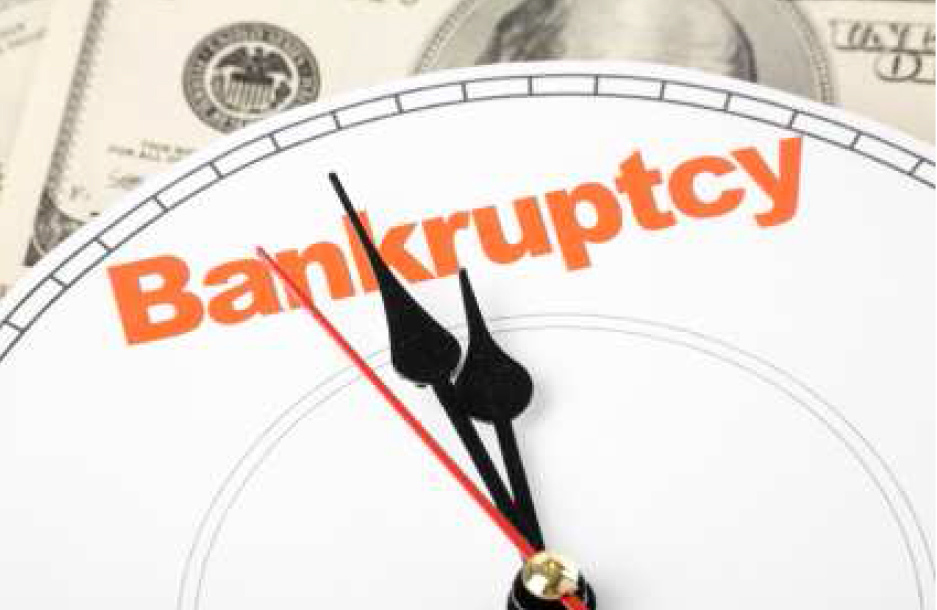U.S. pension systems are on the verge of debt collapse
12/05/2024 / By Cassie B.

Pension systems throughout the U.S. are falling deeper into what experts term “pension debt paralysis,” even in the face of record-setting contributions from state and local governments.
The city of Milwaukee was recently given a grade of D by Truth in Accounting for its financial position due to its pension system’s huge net liability of $2.1 billion. A report by the Legislative Audit Bureau on Milwaukee’s finances revealed that they understated their net pension liability by $851 million.
It’s a problem that is being seen throughout the nation. Illinois is just one of many states that has underfunded its pension obligations. It is believed to have less than half of the assets it needs to meet its obligations, which means governments have to draw from other areas of their budgets to make the payments.
Equable.org reported that the Illinois pension system was underfunded by more than $210 billion as of last June; California is the only state that had a bigger shortfall. Illinois also has the dubious distinction of being the only state whose pension debt is higher than 16.2% of its gross domestic product, with the state’s pension debt equaling 21% of its GDP.
When you look at Chicago on its own, the situation is even worse; their pension system for city workers has $51 billion in debt, making it one of the worst-funded local retirement systems in the country. The city has also been levying some of the nation’s highest property taxes compared to other big cities in a bid to fund its pensions.
Connecticut, meanwhile, noted a $25.7 billion debt in its pension system and $49.2 billion in adjusted net pension liability. A report from the Pension Integrity Project at Reason Foundation indicated that state and local governments there have just 76% of the money they need to fulfill their pension obligations to public workers.
Why are pensions struggling?
Pension systems can only pay out money to retirees if they have the funding, which typically comes from a combination of contributions by employers and employees as well as investment returns.
One problem is the declining ratio of active workers versus retirees. In other words, fewer people are paying into these systems while more are drawing on the benefits. In 2013, retired public employees crossed the threshold of outnumbering active contributors, setting the stage for negative cash flow in numerous pension systems as benefit payments surpassed their investment income and contributions. There’s also the problem of lower returns on investments than expected, especially during times of financial crisis.
The author of the Equable report, Anthony Randazzo, noted: “The irony is that even with a lack of sufficient contributions, the contribution rates that are being paid are at an all time high. There is a steady ticking up of dollars flowing into public pension plans, but not at a level necessary to meaningfully breakthrough pension debt paralysis.”
If these pension funds collapse, we could be looking at major social and economic problems, especially in areas where people don’t have a lot of private savings for retirement and rely heavily on their pension income. Randazzo pointed out that there are hidden costs related to pension debt paralysis that aren’t obvious in financial reports, such as a greater need for taxpayer-supported services among those who are struggling financially in retirement.
Sources for this article include:
Submit a correction >>
Tagged Under:
big government, Bubble, Collapse, debt bomb, debt collapse, economic riot, finance riot, government debt, Inflation, market crash, money supply, national debt, pension systems, pensions, risk
This article may contain statements that reflect the opinion of the author
RECENT NEWS & ARTICLES
COPYRIGHT © 2017 COLLAPSE.NEWS
All content posted on this site is protected under Free Speech. Collapse.news is not responsible for content written by contributing authors. The information on this site is provided for educational and entertainment purposes only. It is not intended as a substitute for professional advice of any kind. Collapse.news assumes no responsibility for the use or misuse of this material. All trademarks, registered trademarks and service marks mentioned on this site are the property of their respective owners.



















